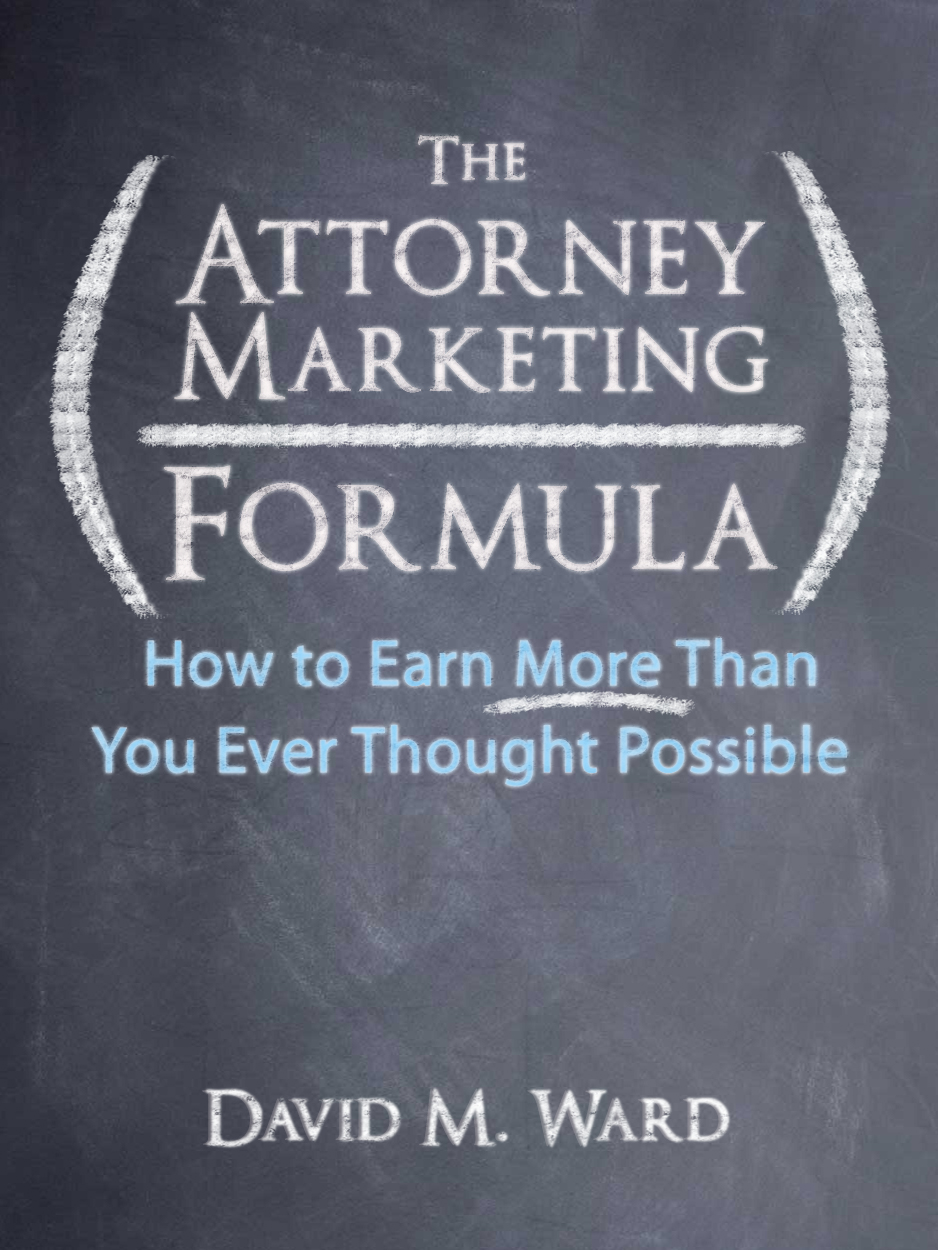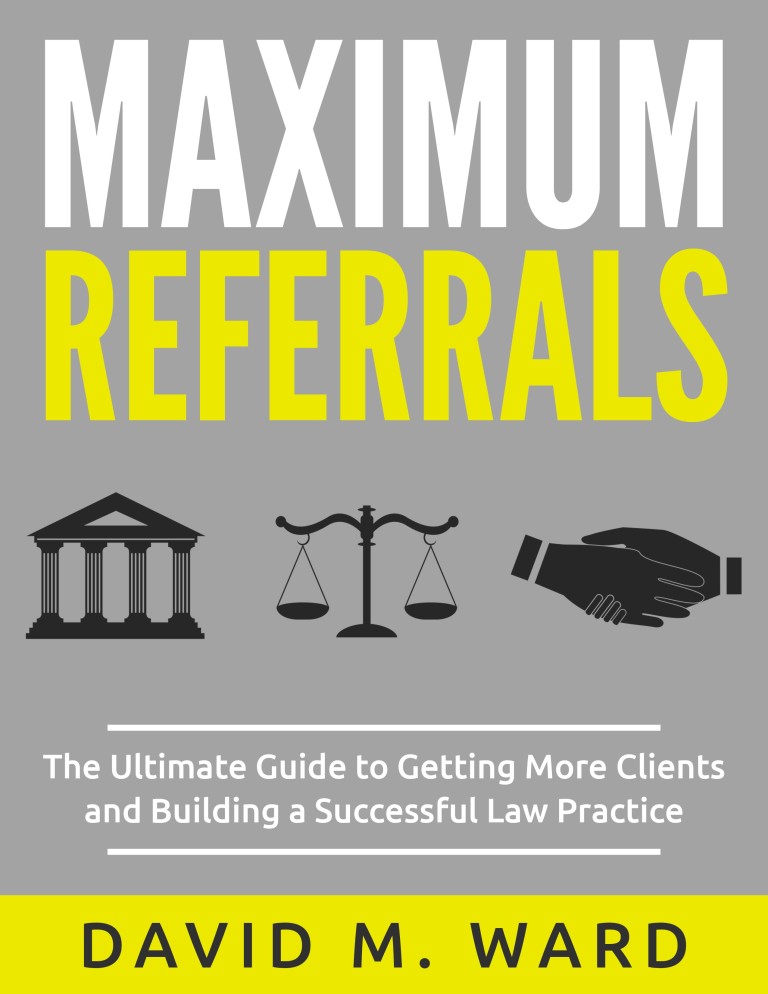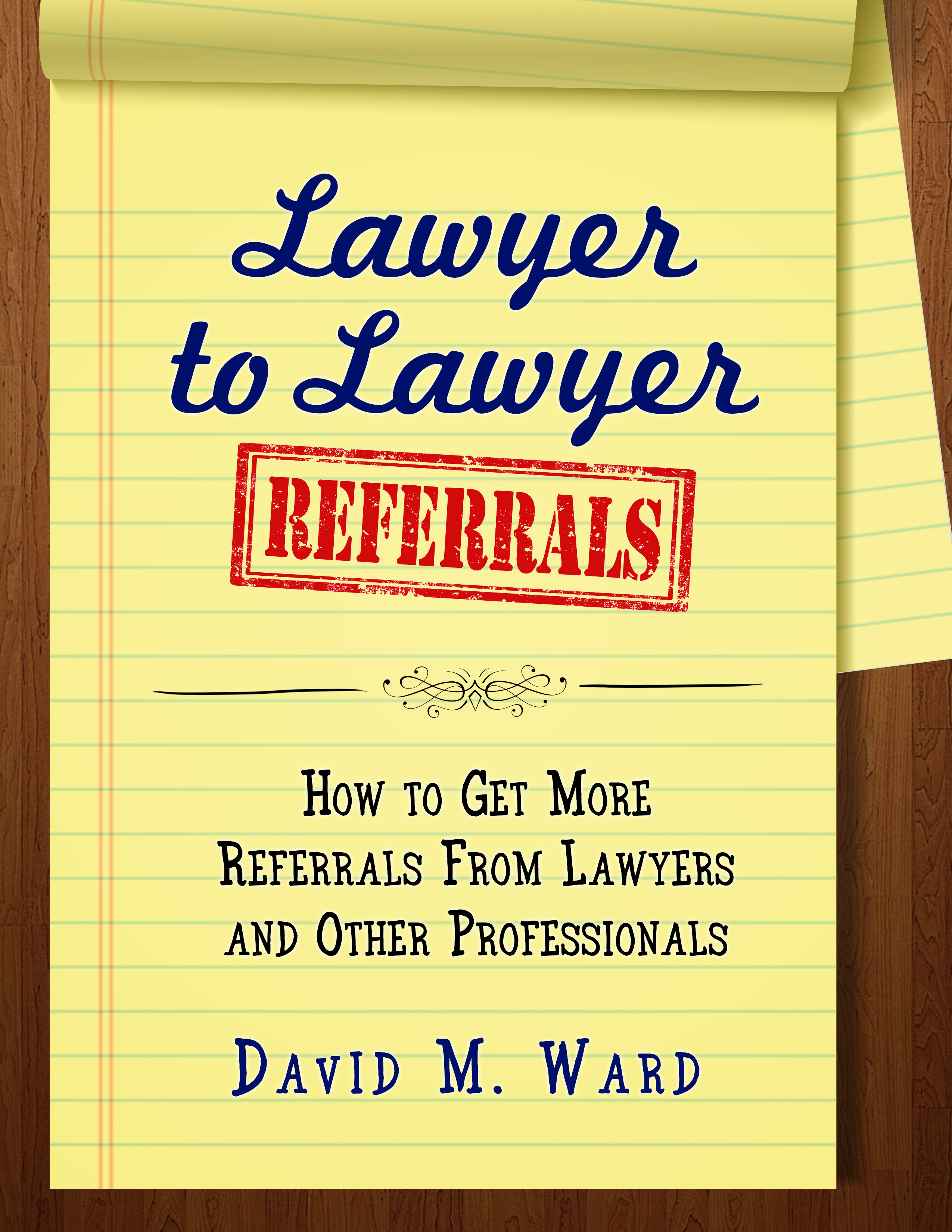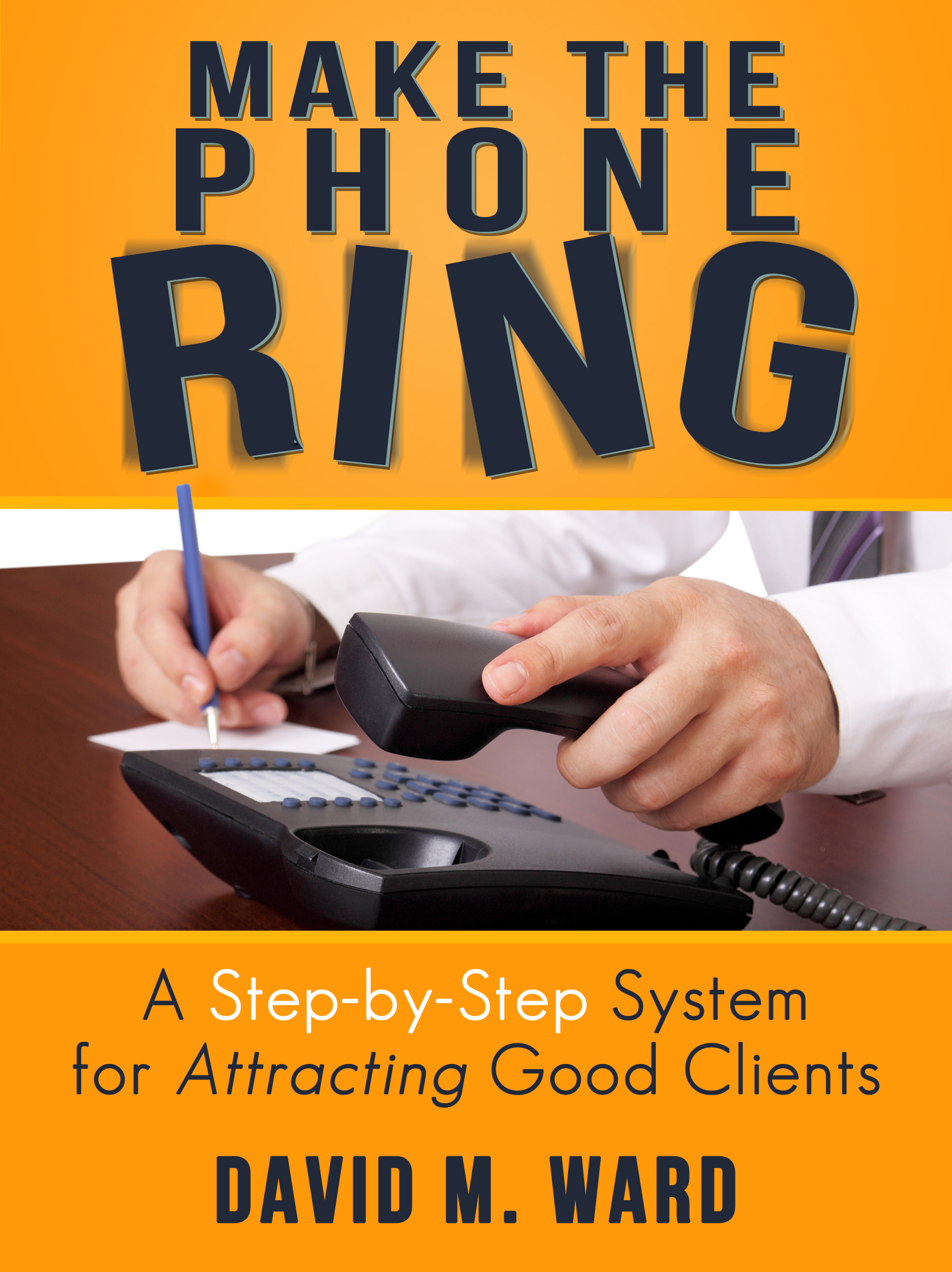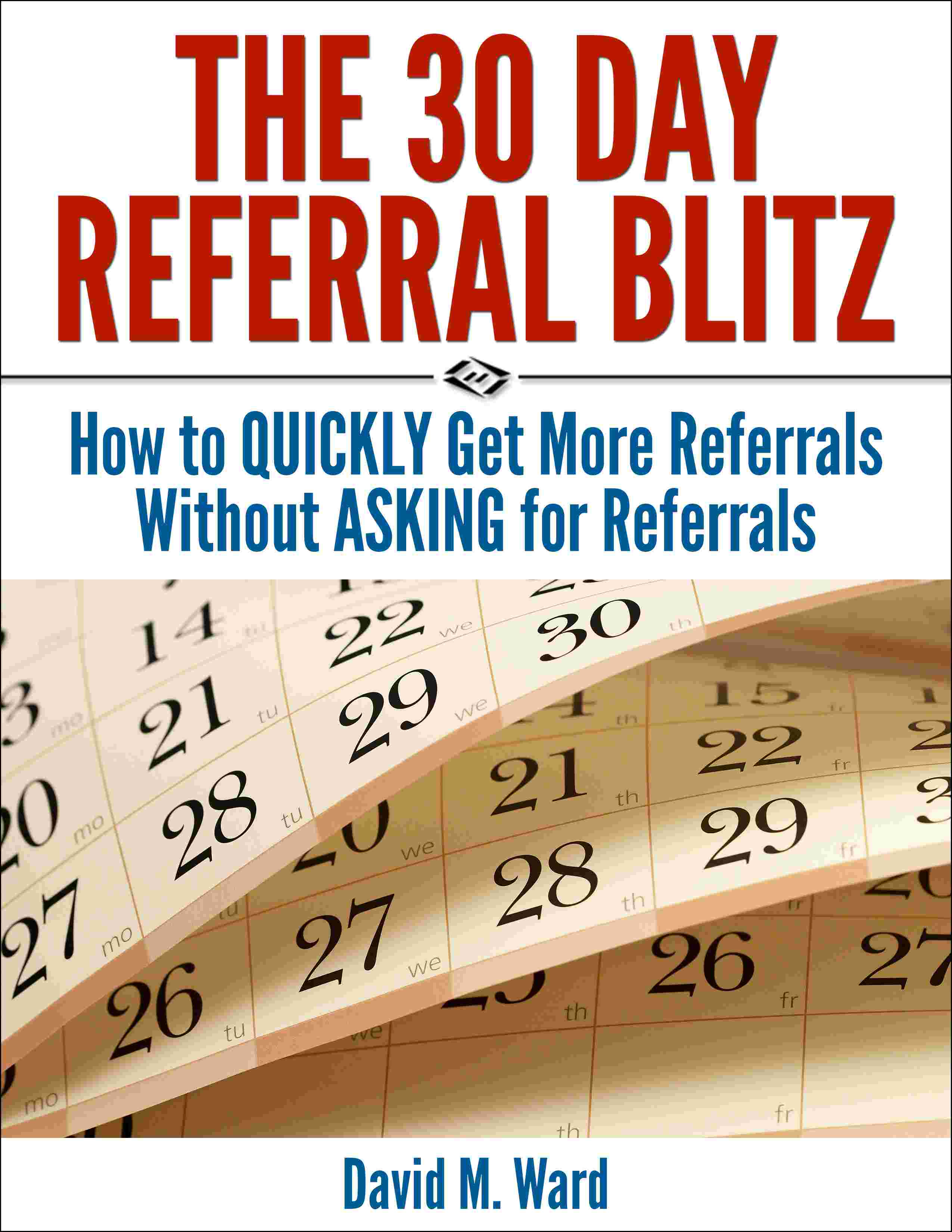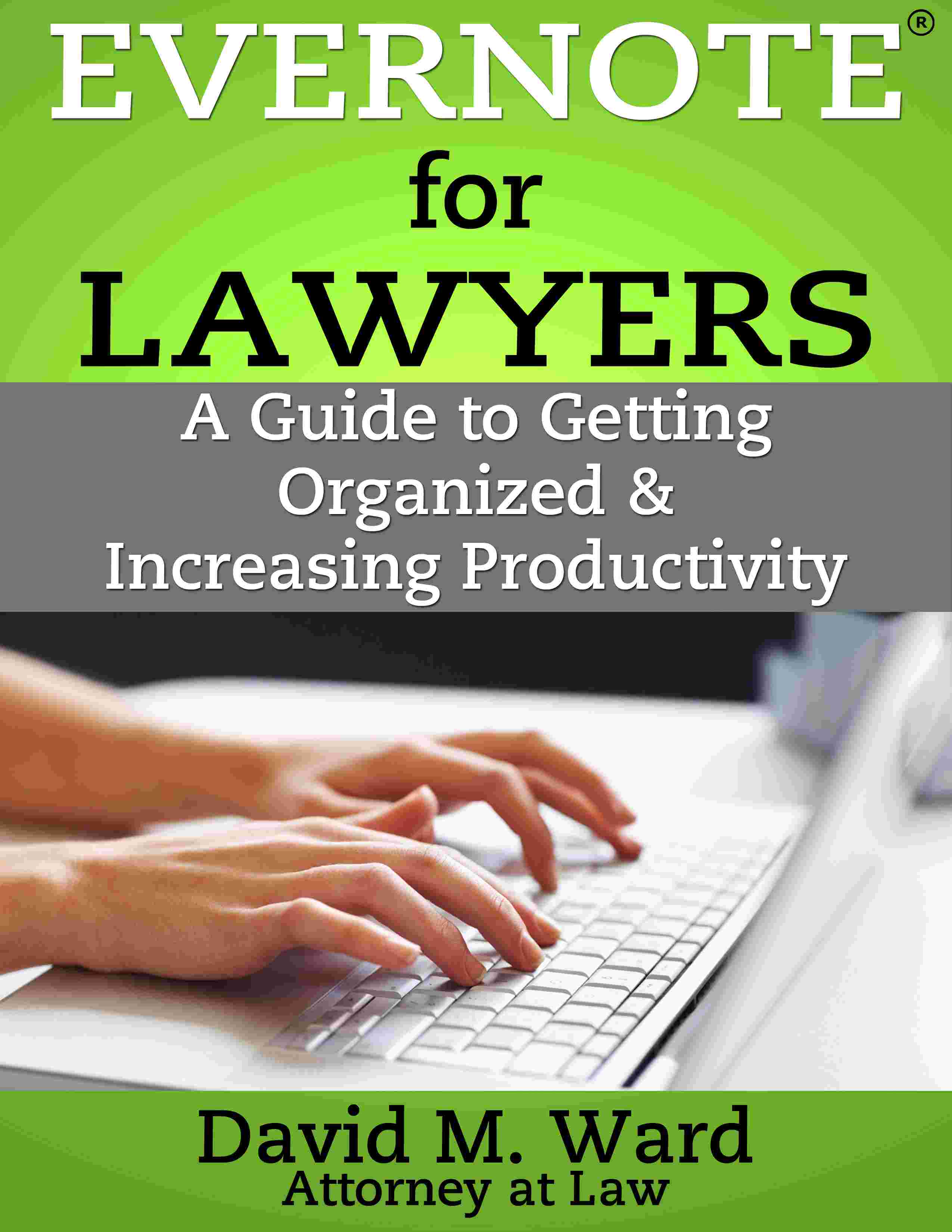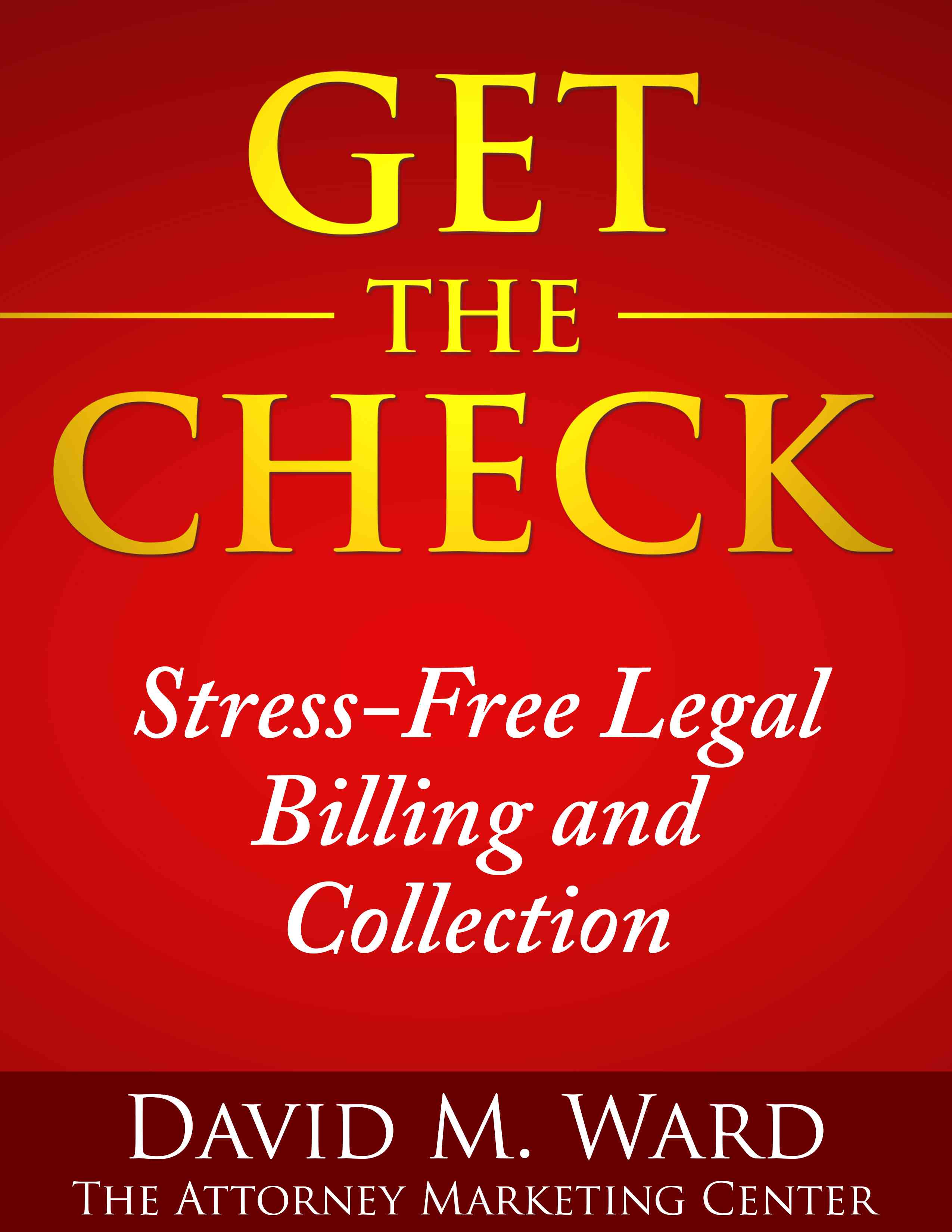According to a Martindale survey of consumers who need an attorney, 50% said “they’d contact 2-4 attorneys before making a decision on hiring”.
I doubt it.
These are consumers, likely unsure of what to look for or ask and no doubt intimated by the process. I’m guessing they say they contact several attorneys because they don’t want to admit, even to themself, they choose the first attorney who looks good on paper.
The lesson? Make sure you look good on paper.
That means not relying on a directory listing, but fleshing out a website with enough information to persuade visitors to take the next step.
That means you need a website that’s not just about your services and practice areas but about you, your philosophies, your target market, and the results you have obtained for your clients. It means including testimonials, reviews, and success stories that provide third-party evidence of your capabilities, and attest to what it’s like having you as their attorney.
Because this is what clients want know.
It also means going beyond “telling” them what you know and do and “showing” them, by writing the kinds of articles and other content a successful attorney would write.
You can dazzle them with your knowledge and charm when they contact you, but you need to convince them to do that.
Make sure you look good on paper.

